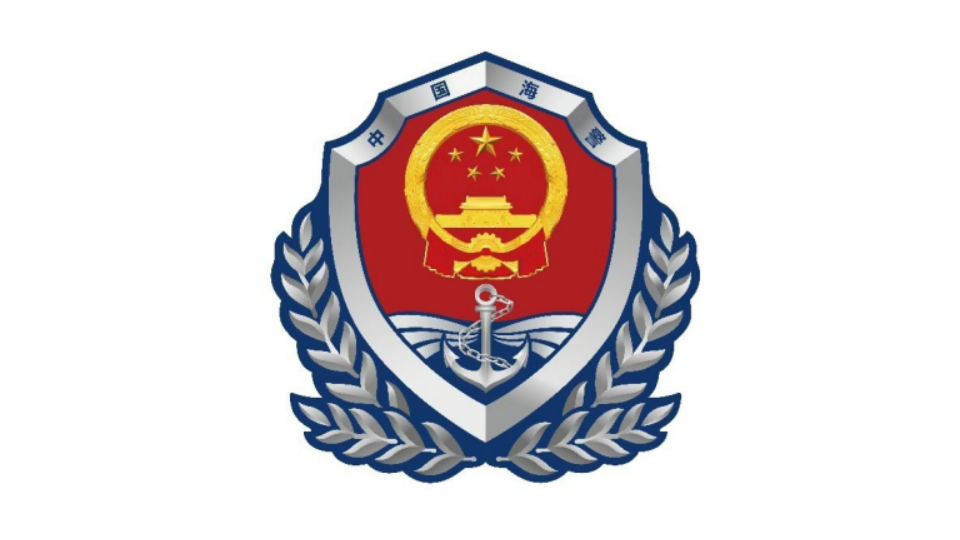By Yang Zhen and Li Lun
Recently, the US Department of Defense (DOD) released its 2024 Arctic Strategy, marking its first update since 2019. From appointing the first Ambassador at Large for Arctic Affairs of the US to unilaterally announcing its claims to extend its continental shelf in the Arctic Ocean and other regions, and conducting military exercises like the Arctic Challenge 2023, the US has been intensifying its strategic deployment in the Arctic region. These actions aiming at asserting its Arctic dominance exacerbate the militarization of the region and the already tense security situation.
Full of a confrontational tone
The 18-page report emphasizes the Arctic region as of "strategic importance" that comprises "the northern approaches to the homeland" and "significant US defense infrastructure", indicating that the Arctic is increasingly prioritized in US foreign policies.
According to the report, the US needs to increase its investments to maintain a competitive edge over China and Russia in this critical region. For this end, the US DOD will enhance the war-fighting capabilities of the US troops in the Arctic region. It will also conduct regular training and carry out routine operations critical to maintaining deterrence and homeland defense to secure its rightful interests in the Arctic. The report also emphasizes the necessity of strengthening cooperation between the US and its NATO allies, such as Canada, in the Arctic region. It mentioned that the US and its Arctic Allies will operate over 250 advanced multi-role military aircraft that could be deployed for Arctic operations by the 2030s.
It can be said that the entire report is filled with a confrontational tone. During the release of the report, the official of the US DOD even openly claimed that Russia poses a serious threat to the security and stability of the Arctic region and therefore, the US must develop strategies and ensure that its troops are prepared to reduce the risk of potential conflicts in the Arctic region.
Blatantly obvious intentions
In essence, it is a strategic report for preserving the US hegemony. The US seeks to monopolize the Arctic region and establish it as its "northern backyard". The specific intentions include the following.
Pursue self-interest. Behind the intensified Arctic positioning of the US is its recognition of the growing strategic and economic value of the region. The land and island area of the Arctic region totals approximately 8 million square kilometers. It is rich in oil, natural gas, coal, and numerous rare minerals. Meanwhile, the Arctic and the Arctic Ocean provide the shortest shipping routes connecting Asia, Europe, and North America. As the Arctic warms and ice melts, Arctic shipping routes are set to become golden waterways.
Secure competitive advantages. The Arctic airspace is an optimal route for intercontinental ballistic missiles and strategic bombers, and the thick ice layers provide excellent concealment for submarine operations. Following the outbreak of the Ukraine crisis, the geopolitical significance of the Arctic has become increasingly evident. Dominated by the "Great Power Competition" mentality, the US seeks to strengthen its political and military presence in the Arctic, enhance cooperation with European countries for joint development and governance of the region, and further build a strategic encirclement against Russia.
Enhance the alliance system. The US considers the Arctic as a crucial platform for enhancing cooperation with its allies. It seeks to leverage NATO to bolster bilateral and multilateral cooperation with its allies and partners in the Arctic, creating a complex alliance network in the regional contest. The US also tries to lead its allies in establishing new mechanisms, rules, and procedures in the Arctic, and even setting exclusive and discriminatory standards to create barriers for specific countries in Arctic affairs, thereby establishing its own dominance and Arctic hegemony.
Intensify regional competition
Currently, the concurrence of the Russia-Ukraine conflict, the Palestine-Israel conflict, and the Red Sea crisis has posed huge challenges to international peace. The release of the ambitious report on the Arctic Strategy of the US, which involves continuously strengthening its military presence and resource allocation in the Arctic region, will introduce more uncertainty into the regional order and intensify the Arctic game.
For Russia, the largest Arctic country in geographical terms, the Arctic holds exceptional strategic significance and is a region it must secure and stabilize. Against the backdrop of the ongoing Ukraine crisis, the acceleration of US military deployments in the Arctic is likely to provoke heightened vigilance and strong countermeasures from Russia. The escalating hostility between the US and Russia is expected to lead to a more grave security situation in the Arctic region.
As one of the few regions on Earth less affected by human activity, the Arctic needs to be protected. The region should be a platform for cooperation and development rather than a battlefield fraught with tension. For its own selfish ends, the US is accelerating its strategic deployment in the Arctic and constantly finding excuses to militarize the region. Such behaviors will only intensify competition and are detrimental to regional peace, stability, and cooperation.













